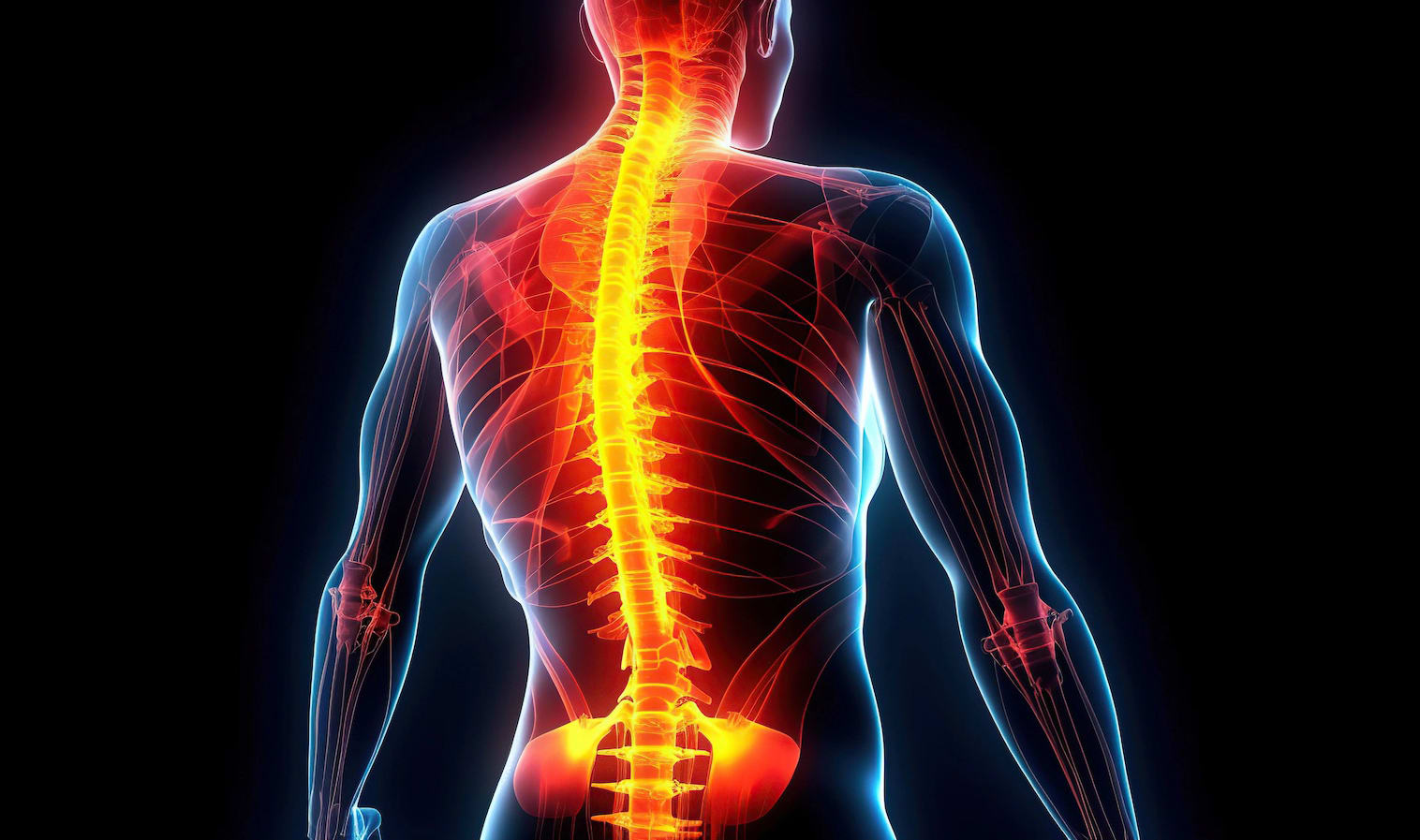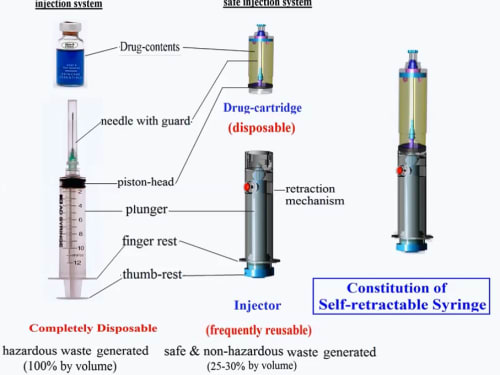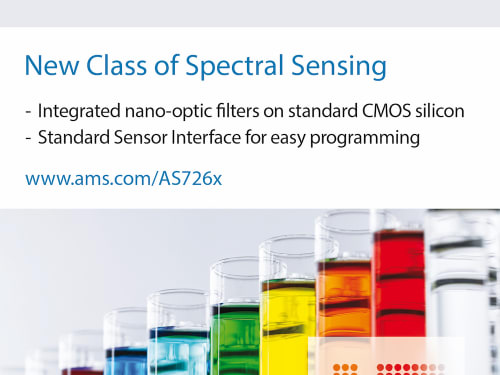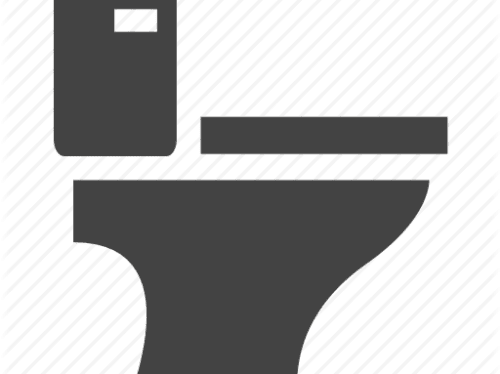The 2025 Contest is Now Open for Entries!
Submit your best new product ideas in any of seven categories for a chance at $25,000 USD and other great prizes. Here’s how to get started.
Help build a better tomorrow
Since Tech Briefs magazine launched the Create the Future Design contest in 2002 to recognize and reward engineering innovation, over 15,000 design ideas have been submitted by engineers, students, and entrepreneurs in more than 100 countries. Join the innovators who dared to dream big by entering your ideas today.
Read About All the 2024 Winning Inventions

Special Report spotlights the eight amazing winners in 2024 as well as honorable mentions in each category, plus the top ten most popular entries as voted by our community.
Click here to read moreA ‘Create the Future’ Winner Featured on ‘Here’s an Idea’
Spinal cord injury affects 17,000 Americans and 700,000 people worldwide each year. A research team at NeuroPair, Inc. won the Grand Prize in the 2023 Create the Future Design Contest for a revolutionary approach to spinal cord repair. In this Here’s an Idea podcast episode, Dr. Johannes Dapprich, NeuroPair’s CEO and founder, discusses their groundbreaking approach that addresses a critical need in the medical field, offering a fast and minimally invasive solution to a long-standing problem.
Listen nowThank you from our Sponsors
“At COMSOL, we are very excited to recognize innovators and their important work this year. We are grateful for the opportunity to support the Create the Future Design Contest, which is an excellent platform for designers to showcase their ideas and products in front of a worldwide audience. Best of luck to all participants!”
— Bernt Nilsson, Senior Vice President of Marketing, COMSOL, Inc.
“From our beginnings, Mouser has supported engineers, innovators and students. We are proud of our longstanding support for the Create the Future Design Contest and the many innovations it has inspired.”
— Kevin Hess, Senior Vice President of Marketing, Mouser Electronics
contest/2017
2017
The World Health Organization (WHO) has been waging a crusade against the alarming menace of unsafe injections. In 2002, WHO reported up to 70% of injections being given with reused syringes in the developing world, causing 1.3 million deaths, loss of 26 million years of life worldwide and estimated increased medical costs of $1 billion alone in USA annually.
The AS7262 / AS7263 (referred to as the AS726x) from ams are the world’s first cost-effective multispectral sensor-on-chip solutions, opening the way for a new generation of spectral analyzers for consumer and industrial applications.
The AS726x devices enable chip-scale spectral analysis, driving new spectral sensing innovation for both industrial and consumer applications.
Apply the principle of a X-Y-Z axis feeder system to supply snacks or drinks to spectators in a sport stadium. The system works similar to the camera system that follows the game but covers a 100m x 200m section of the pavilion/stand.
With the rapid proliferation of vehicle availability and usage in recent years, finding a vacant car parking space is becoming more and more difficult, resulting in a number of practical conflicts.
Parking problems are becoming ubiquitous and ever growing at an alarming rate in every major city.
Wide usage of Android technology with the recent advances in wireless applications for parking,
H.M.R.M. is an electric motor with a functional approach distinct from the "classic" operation of electric motors, generally based on «magnetic field alignment».
The use of a linear actuation model proved to be an interesting and viable alternative,
The promise of V2X has arrived with Danlaw’s Through Glass Integrated V2X Antenna. It enables vehicle-to-vehicle, vehicle-to-infrastructure, vehicle to everything communications using DSRC, providing a myriad of
safety features.
For the best system performance, current state-of-the-art DSRC systems use a roof mounted antenna and achieve excellent communication robustness. However,
Liter of Light is a global open source movement that aims to provide ecologically-sustainable lighting solutions using photovoltaic technology and simple materials for those who don’t have adequate access to electricity or who cannot afford it.
In 2015, Liter of Light won the Zayed Energy Prize, the Nobel Prize for the Environment and UN’s World Habitat Awards.
Whenever I visited an automobile plant I found that there is challenges with reverse gear while loading/unloading the materials due to lack of space. There are chances for accident.
Similar thing I have found for physically disabled people while taking back (reverse) the vehicles. Even for a normal people there is problem to reverse the vehicles.
Page 22 of 86
















